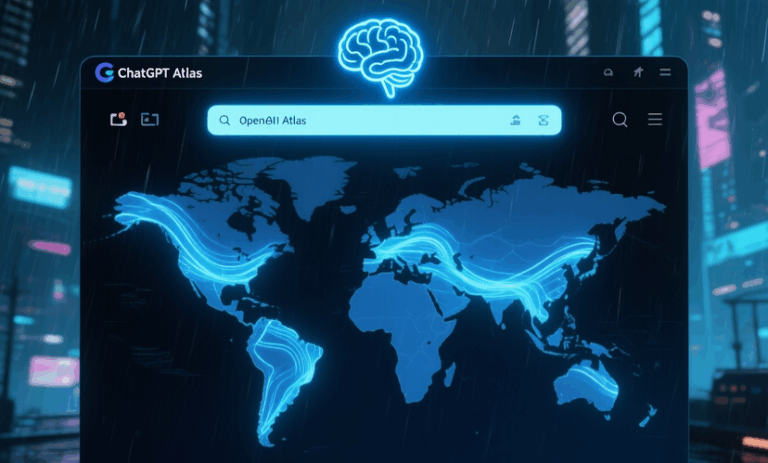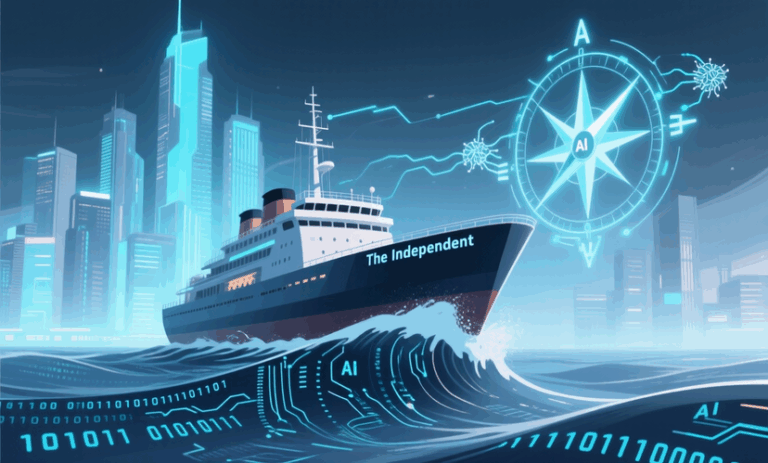
For over three decades, AOL’s dial-up internet service offered millions their very first taste of the World Wide Web, shaping a generation’s online experience with the distinctive sound of its modem connecting. However, the announcement that AOL will terminate its dial-up service on September 30, 2025, marks a quiet yet profound turning point in the evolution of internet technology, as the digital world fully embraces faster, always-on broadband connections.
This change is more than symbolic; it reflects a technological and societal shift. Dial-up, reliant on the Public Switched Telephone Network, has become increasingly obsolete in an age dominated by fiber optics, cable, DSL, and wireless technologies. While a handful of users, particularly in remote or underserved regions, have clung to dial-up out of necessity or as a backup, the practical limitations—such as painfully slow speeds capped at a fraction of today’s broadband—underscore why innovation has left it behind.
AOL’s decision to simultaneously retire its Dialer software and AOL Shield browser emphasizes the broader exit of legacy tools designed for slow networks and older operating systems. This signals the final farewell not only to a connectivity method but also to the user experience built around it. For many, the shift serves as a reminder of how dramatically our digital communication has transformed, pushing boundaries from the era of screeching modems to seamless streaming and immersive online environments.
From a broader perspective, the phase-out represents the maturation of internet infrastructure globally. The rise of satellite internet and expanding 5G options aim to bridge connectivity gaps in rural and difficult-to-reach areas, yet they also underscore a future where dial-up simply can no longer compete. This transition also highlights the ongoing challenge of ensuring equitable access to modern internet, as some communities still await reliable alternatives that can match or exceed the legacy dial-up footprint.
Ultimately, AOL’s farewell to dial-up internet embodies the relentless pace of technological progress while inviting reflection on the internet’s humble beginnings. It challenges us to appreciate the journey from slow, intermittent connections to today’s high-speed, always-connected landscape, and to consider how future innovations might reshape our digital lives just as fundamentally.



